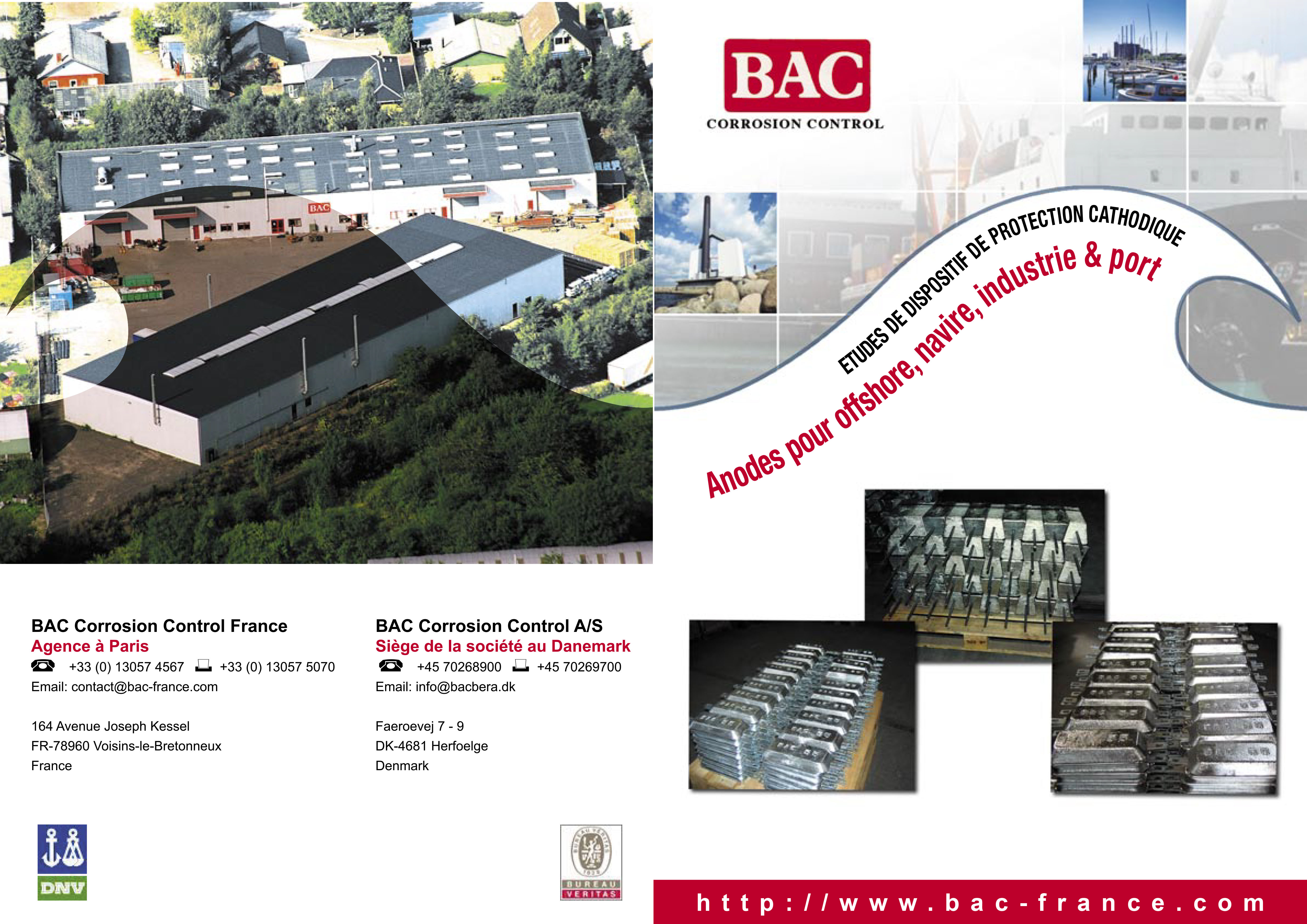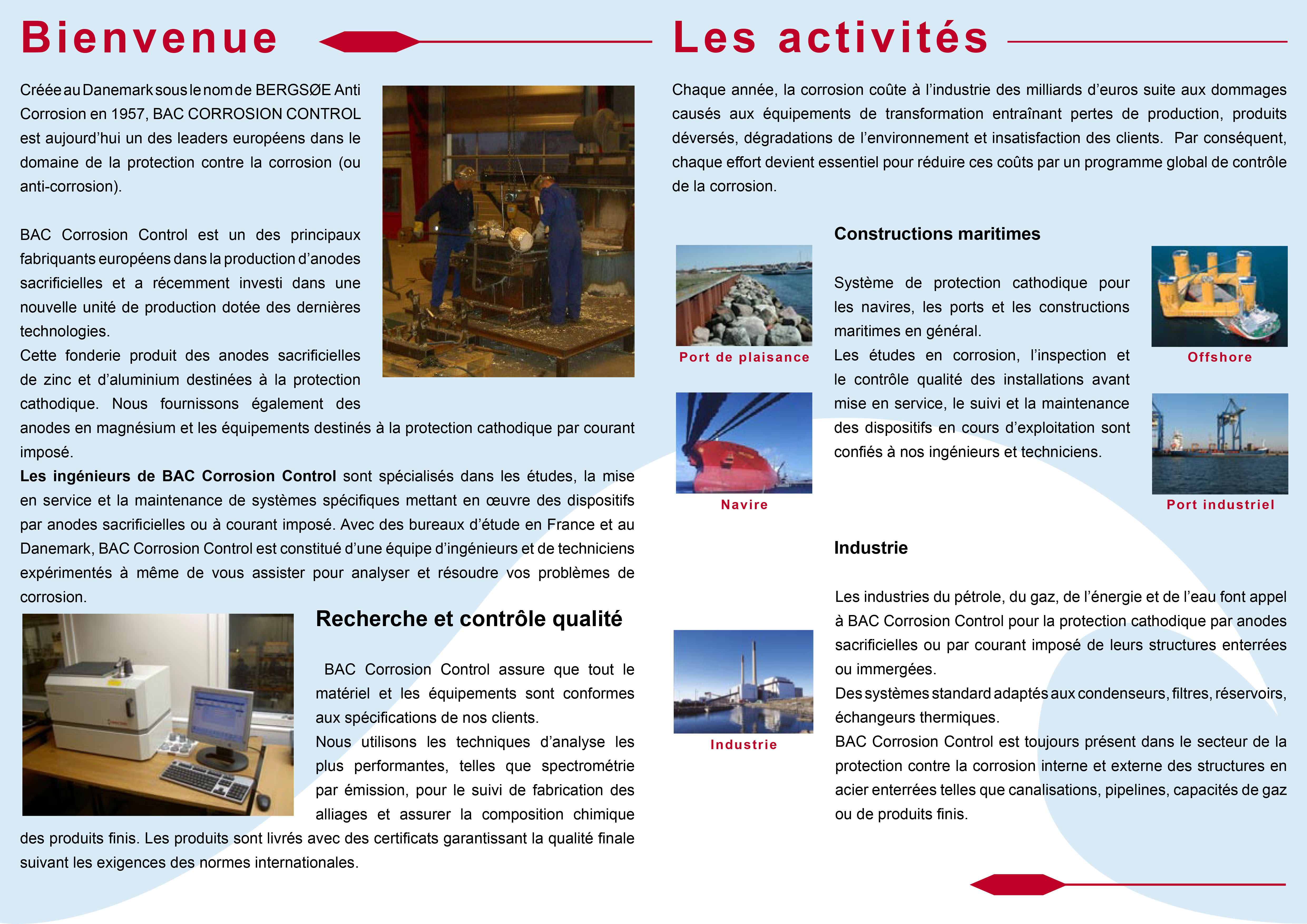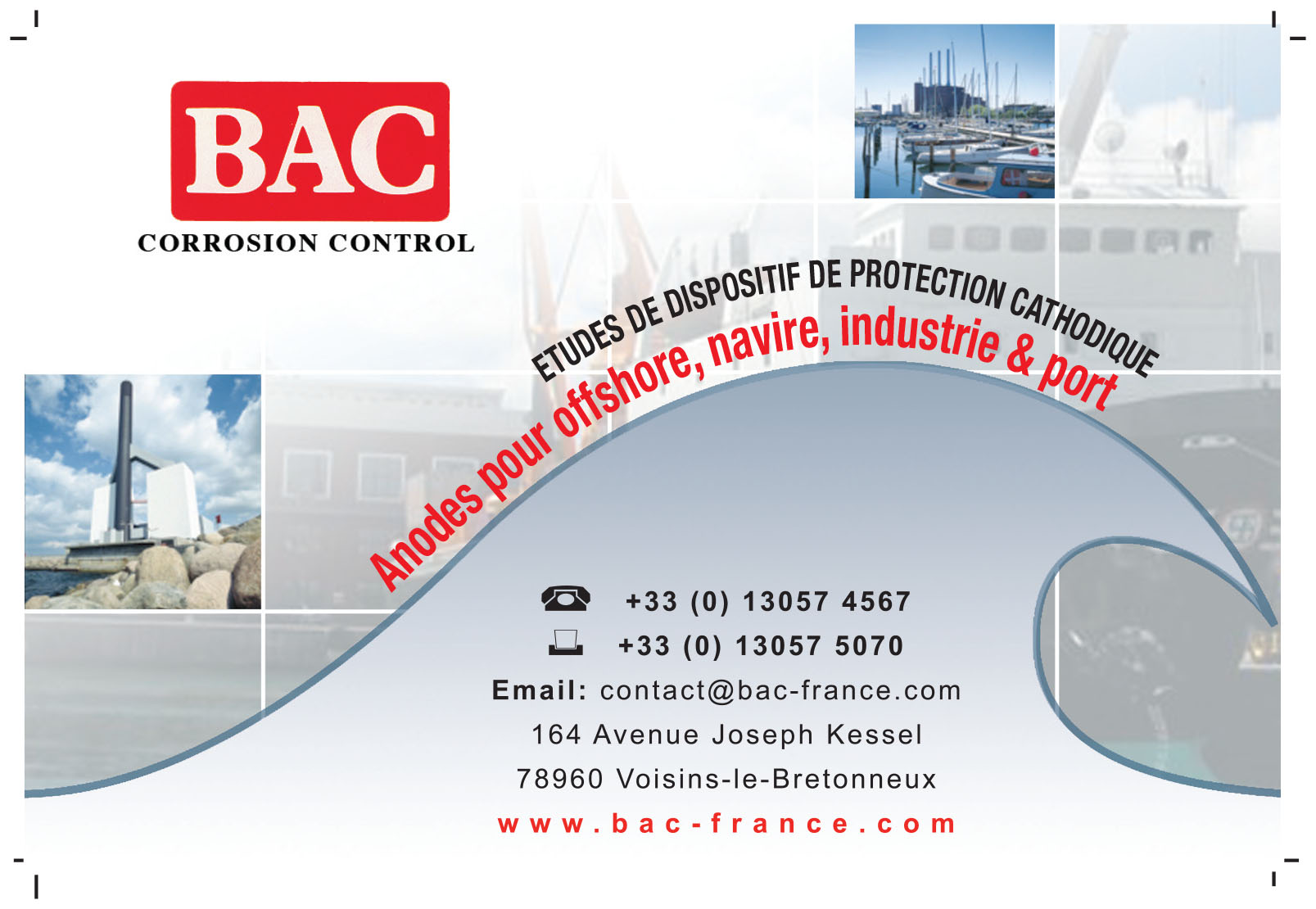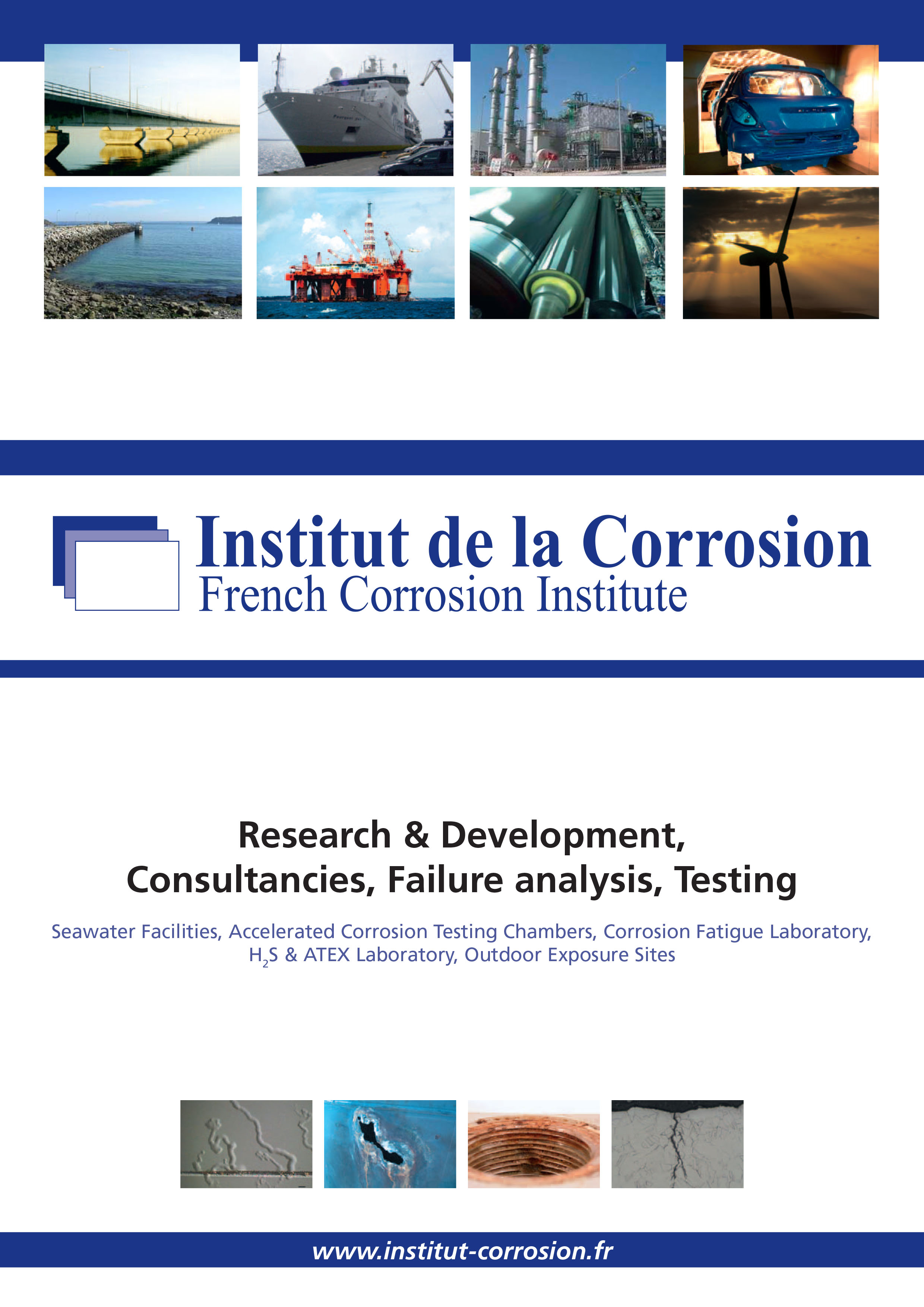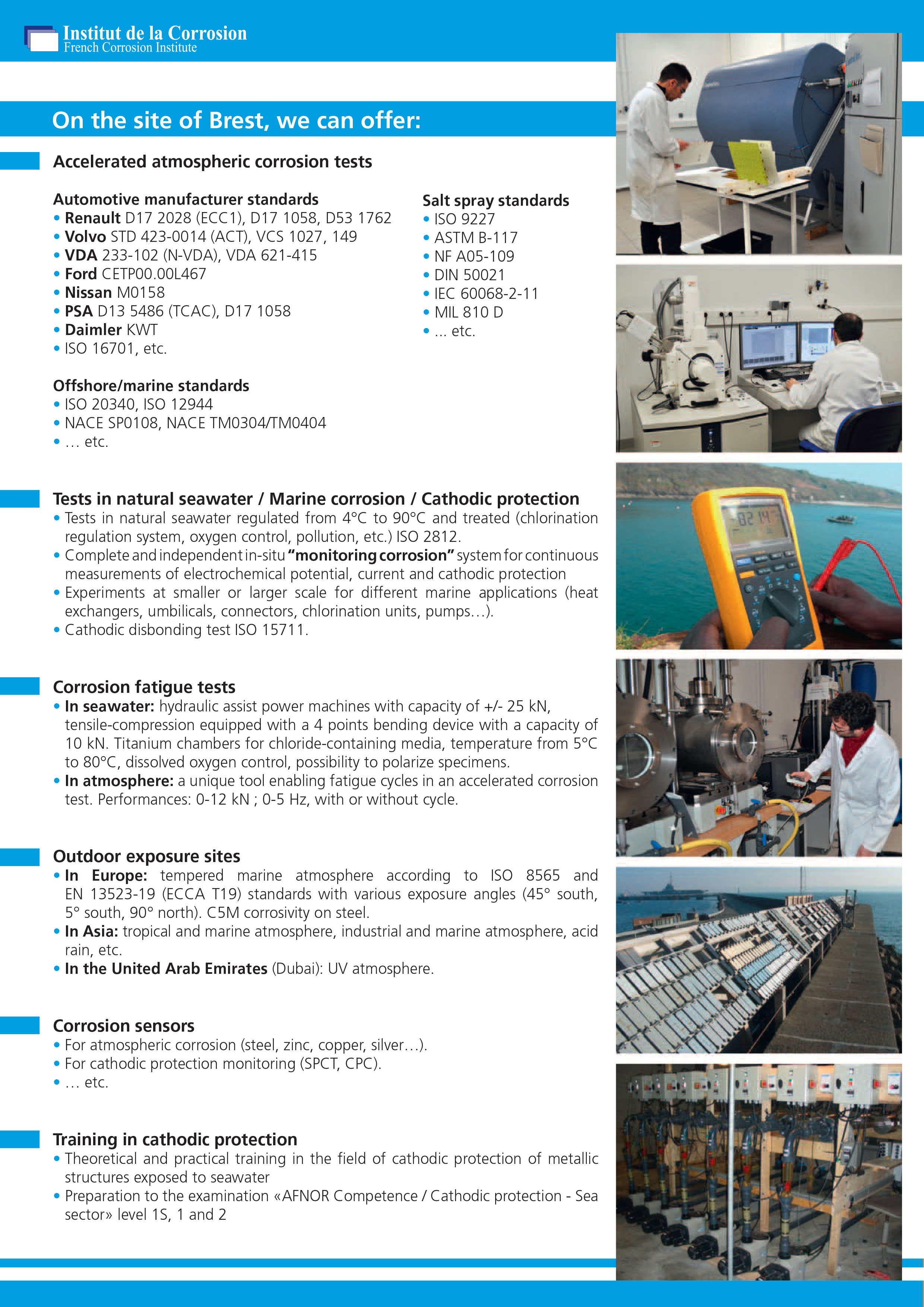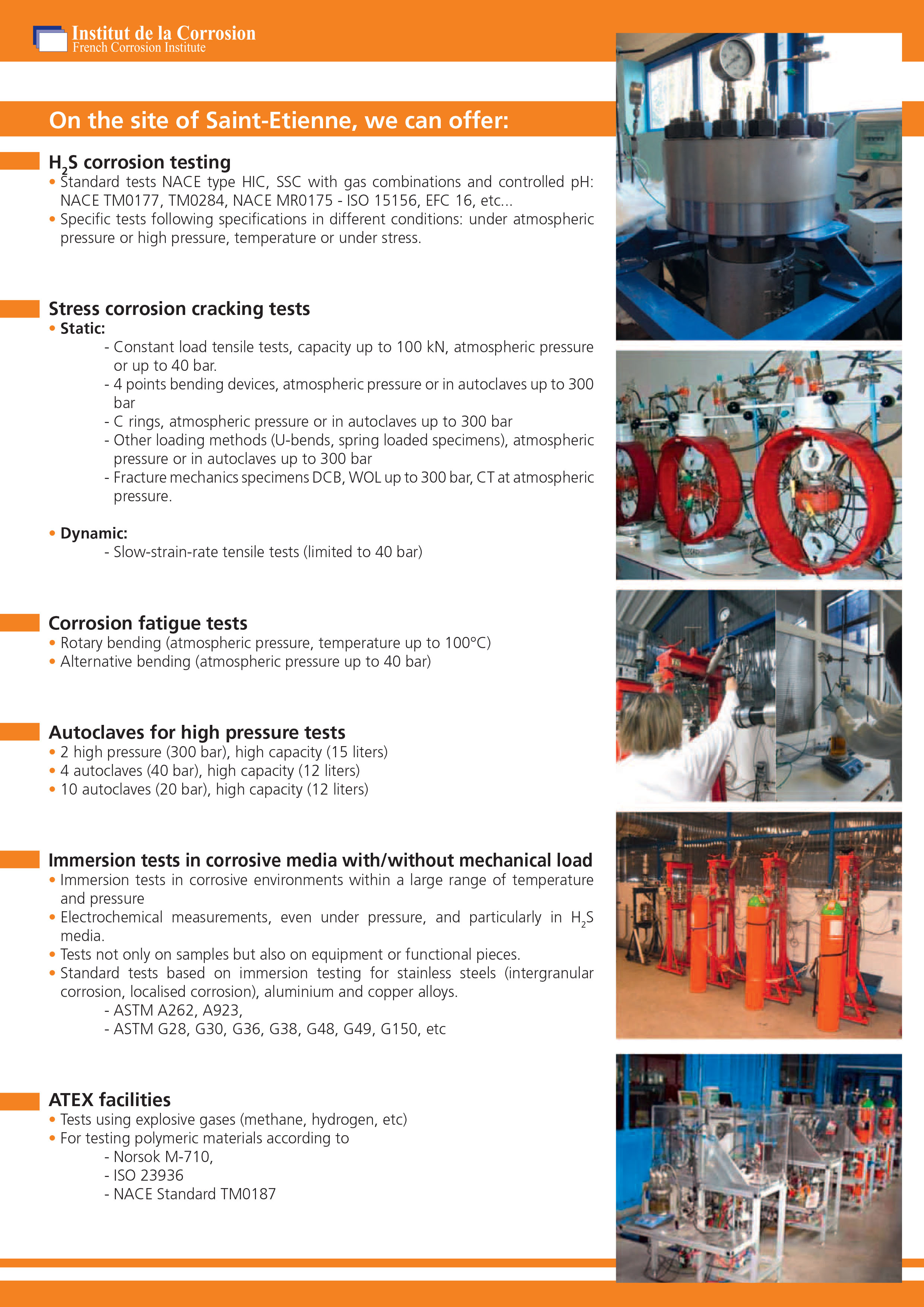Normal hydrogen electrode (NHE)
In electrochemistry, the standard hydrogen electrode (SHE) is the absolute reference electrode; its potential is by definition equal to zero at all temperatures. Its practical application is the normal hydrogen electrode (NHE) made with a platinum wire dipped in an acid solution with a pH=0 (normal solution in H 3O+) in which hydrogen gas is bubbled under 1 bar. However, this reference electrode is never used by the corrosionnists who prefer using electrodes that are more robust and easier to handle:
- Copper saturated – copper sulphate reference electrode
The copper sulphate – copper reference electrode is made with a wire or a bar of copper dipped in an aqueous saturated copper sulphate solution. The potential of this reference electrode is, at 25°C, equal to +316 mV compared to the NHE. Like all the reference electrodes, the electrolytic junction with the aqueous environment is achieved via a porous inner surface (sintered).
- Silver – silver chloride reference electrode
The silver – silver chloride reference electrode is made with a silver wire covered with silver chloride, dipped in a chloride solution. The potential of this electrode depends on the concentration (activity) of the chloride ions: in the presence of saturated potassium chloride it is +195 mV compared to the NHE, at 25°C. In sea water, it is +0,25 V/NHE (a higher precision would require the precise knowledge of the chloride content of the considered sea water).
Saturated calomel reference electrode (SCE)
In this electrode, mercury is in contact with mercurous chloride, Hg2Cl2 (calomel) ) in the presence of potassium chloride (KCl). The potential of this electrode in saturated KCl environment is +241mV compared to the NHE, at 25°C.


